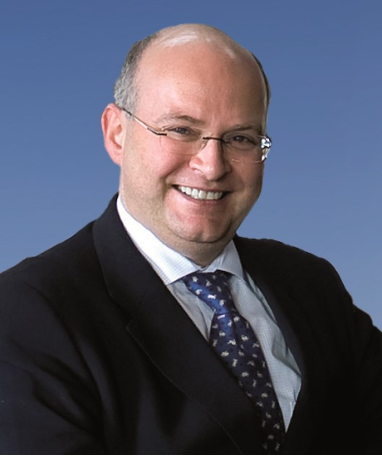
The ancient race of Time Lords are extraterrestrial people who have a command of time travel and a non-linear perception of time. One of the most famous Time Lords is Doctor Who, and the eleventh incarnation of The Doctor, once went on record as saying, “1482 is a hard year to time travel to, as it is full of glitches”. In August of that malfunctioning year, the Portuguese explorer, Diogo Cão, was traveling in his ship, no doubt in a less than straight line, up a river, becoming the first member of the European race to enter the African country of the Congo. Diogo wasn’t the last European to travel that way and leave a mark in the sequential line of it’s time. In fact, there have been quite a few glitches, and dare we mention blemishes, in the series of marks left by some Europeans connected with the Congo.
Now, forgive the poetic licence here, but it seems that great philatelists have a reasonable amount of common ground with our Time Lords. They are often accused of not being of this world, or certainly alien to some here on earth despite being altogether human. They have a command of journeys through time and their understanding of events is both linear and non-linear. Oddly, or perhaps not, philatelists seem to transform from one incarnation to another, generation after generation. One of them may assemble a collection, or study a particular theme, and when they are unable to carry on their work, they regenerate into another, who continues the work to form a single lifetime with a consistent narrative.
Patrick Maselis, who signed the Roll of Distinguished Philatelists in 2012, a past president of the Royal Philatelic Society London, and the current President of the Club de Monte-Carlo, is a fourth generation Belgian philatelist, who is a decorated exhibitor, winning Grand Prix awards for his Belgium and the Postal History of the Congo collections. He has also won the Tapling Medal, and the Lichtenstein Memorial Award, among other accolades.
It’s rather apt that 1482 is the year that a Time Lord claims is tricky to explore, because that’s the very year that Patrick Maselis starts his journey through the Congo. Whilst he may not have a Tardis, and his vessel is different to that of Diogo’s ship, he navigates the channels of existence and the events past, present, and future in this region. Future? You may wonder what part a philatelists can ever have on subsequent events. But as another Doctor famously said, “that’s elementary”, on two counts.
Firstly, top philatelists can alter the line of events in time with an as yet unknown factor that is waiting for them to find in the future. The experienced lord of postal history is fully aware that tomorrow, next week, next year, maybe the year after that when thoroughly explored, it can yield new previously unknown elements. And they are past masters of bringing this future back to the present, often altering the perception of the here and now. The diligent collector is always moving through time, unaffected by the linear parameters which restrict others.

Secondly, and here Mr Maselis can prove his credentials as a time traveller, the very epitome of their activities is as protectors of the philatelic civilization of yesterday and today, whilst looking to, and nurturing, the future generation of stamp collectors. A fact attested to by Mr Maselis’s achievements at the Club de Monte-Carlo. In 2009, when he took the position of president, the Club was perceived by some as an exclusive oligarchy of rich and privileged collectors, a sealed philatelic canister of gems, available to a select few who had access to this kaleidoscope of glamour. Yet, today it is considered to be a principality of welcoming light, a sovereign philatelic state whose glittering borders are open and decorated for the wider world, offering a riviera of play for the young to ground in, safely alongside the lords and doctors of the philatelic realm.
Patrick Maselis might not be best known as a time lord, or a doctor who travels through time and that’s as a result of him being best known as one of the greatest philatelists of the twenty-first century, and he travels, not just to places around the world, but through glitches in time, and far into the future, safeguarding the now and preserving philately in the age to come. In the present time, he is a European who has done wonders for Belgium philately on this planet, leaving a positive mark on the Congo.

